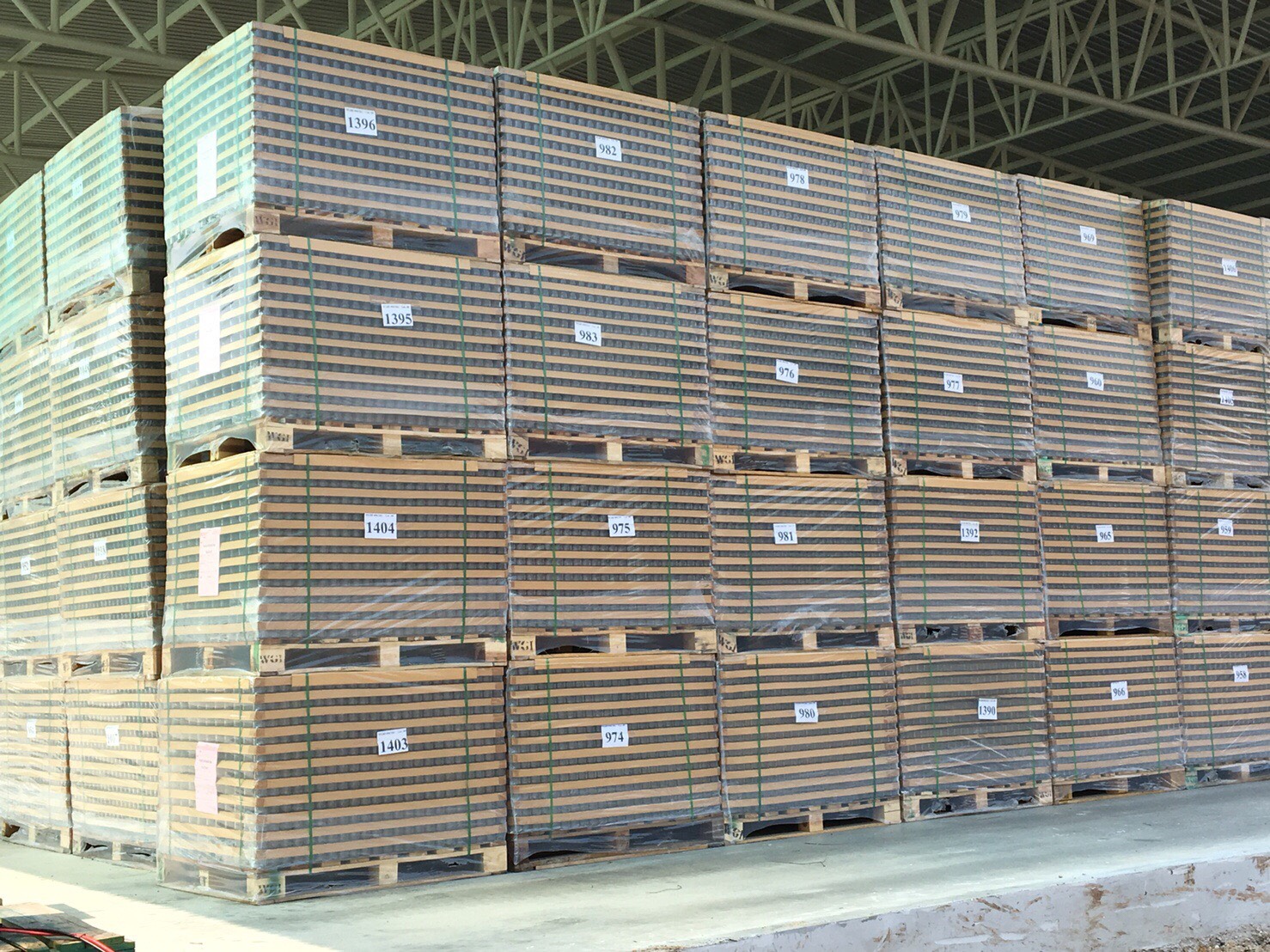Warehouse
The implementation of RFID technology has improved operational efficiency and productivity in distribution centers and warehouses around the world. RFID technology typically complements data capture technology (like barcodes) already used in warehouse and distribution centers.
BENEFITS OF RFID IN WAREHOUSE AND DISTRIBUTION
- Reduce labor costs: Decrease primary warehouse worker functions including everything from inventory to pick/pack/ship to put away.
- Increase inventory accuracy: Improve receiving efficiency and accuracy as well as picking and ordering accuracy.
- Reduce inventory stock levels: Improve stock and demand generation visibility.
- Reduce unsaleable and out-of-stock items: Leaner and lower levels of inventory mean faster inventory turns and less stagnant stock.
- Improve customer satisfaction: Ensure the right goods reach the right customer at the right time.
|
RFID IN RECEIVING In receiving, items, cases and/or pallets traditionally used barcodes, which workers had to scan one by one. With RFID, those items can be read all at once by a portal reader placed at the dock door as they are unloaded from the truck. Unloading an inbound container, for instance, which may take about two and a half hours to individually scan, sort, and count cartons, may now take less than half an hour with RFID-tagged cartons. Using a WMS (warehouse management system), items can be cross docked for immediate transport or staged and stored. ITEM-LEVEL TAGGING AT THE POINT OF MANUFACTURE Tagging products at the source of manufacture is tasked with providing more accurate inbound and outbound information in those distribution centers as well as more efficient receiving and shipping processes at external sites. MANAGING ASSETS IN REAL-TIME WITH RFID AND RTLS Using passive or active RFID tags affixed to assets like products, containers, equipment, and people, organizations can monitor, in real-time, location and status. Specialty tags have been developed to meet the needs of certain types of asset management, and this system has been successfully implemented many times in closed loops systems of returnable assets. With the advent of RTLS (real-time location systems), asset management information becomes even more granular. |
|

















